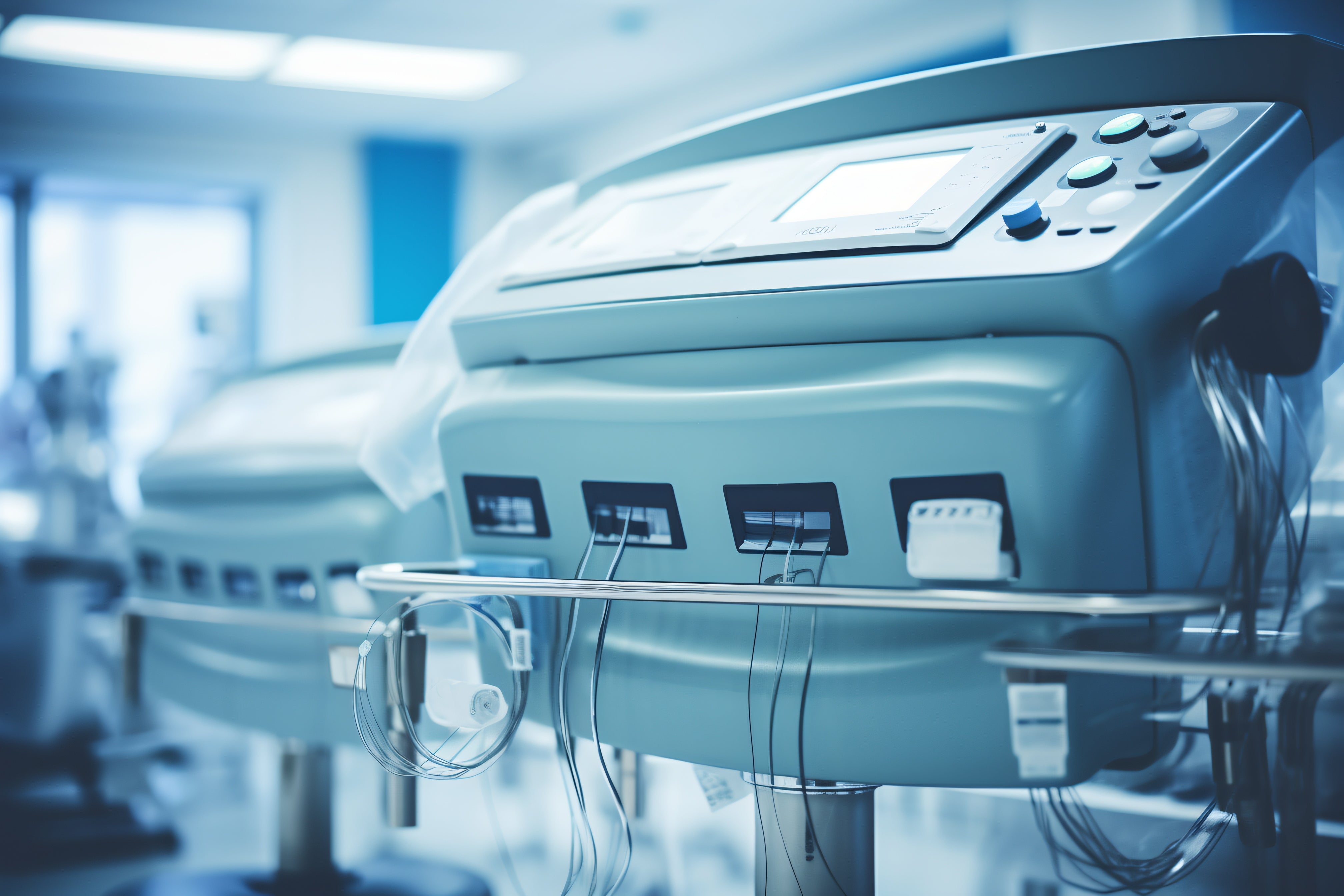
How Hospitals Can Save Millions, Improve Patient Care with Predictive Replacement Planning
It’s not uncommon to see the “squeaky wheel” adage at work when hospital leaders allocate the institution’s capital budget. Yet it’s not always the most vocal departments that truly need the proverbial grease. How can hospitals take this subjective process and make it objective—with clear metrics for evaluating options and a roadmap for delivering value over time?
ECRI answers that question with the Predictive Replacement Planning (PRP) service, which helps hospitals optimize equipment management and maintenance. PRP provides a structured model for anticipating when medical equipment will reach the end of its useful life or require replacement. To predict replacement timing, the model considers device age as well as 11 other weighted factors.
Our PRP service is delivered by a team of experienced clinicians, hospital operations leaders, and/or experienced clinical engineers. We draw from multiple ECRI databases with millions of data points—and complement that quantitative input with qualitative research. That includes interviews with clinical and biomedical stakeholders and hospital leadership. ECRI then applies analytics to data about equipment use and failure rates. The resulting insights help inform the capital budgeting process by predicting when specific assets will require replacement.
By helping to build a 10-year roadmap for capital expenditures, the ECRI Predictive Replacement Planning service can save a hospital millions of dollars. In fact, it delivers ROI of as much as five to 10 times the cost of the engagement.
Standardizing Capital Planning for a 10-Hospital System
The ECRI PRP service can be tailored to a single hospital or high-profile department or scaled up to evaluate multiple hospitals. We recently did the latter for a 10-hospital system, where leaders wanted ECRI to evaluate the level of standardization across facilities.
What follows are highlights of our findings and projected savings for the health system:
- Ultrasound systems. The ECRI team documented 210 ultrasound systems from seven vendors in use systemwide.
- Recommendation: Standardize on two vendors
- Projected savings: $700,000 over the next 10 years
- Point-of-care We identified 650 point-of-care ventilators from eight vendors in use systemwide.
- Recommendation: Standardize on one vendor
- Projected savings: $1.6 million over the next 10 years
- Critical care ventilators. ECRI experts found 600 of these ventilators from five different vendors.
- Recommendation: Standardize on two vendors
- Projected savings: $1.5 million over the next 10 years
- We discovered 3,000+ beds across the system.
- Recommendation: Standardize on a single vendor
- Projected savings: $3.6 million over the next 10 years
Three Reasons to Invest in the ECRI PRP Service
The 10-hospital system’s findings and projected savings are not unique. When conducting capital expenditure planning, hospital and health system leaders are well-advised to remember the advantages of a structured and proactive approach.
Reach out to ECRI to initiate the PRP service and enable your hospital, health system, or health facility to:
- Reduce inventory costs by identifying opportunities to replace aging or underutilized equipment with more modern, cost-effective alternatives.
- Improve patient care by recommending replacements that are more compatible with current technology and practice patterns.
- Optimize inventory investments by recommending replacements that are more cost-effective than current equipment.
Learn More
For more information, read the ECRI blog, How Predictive Replacement Planning Can Help Healthcare Facilities, and explore the Predictive Replacement Planning service overview.
